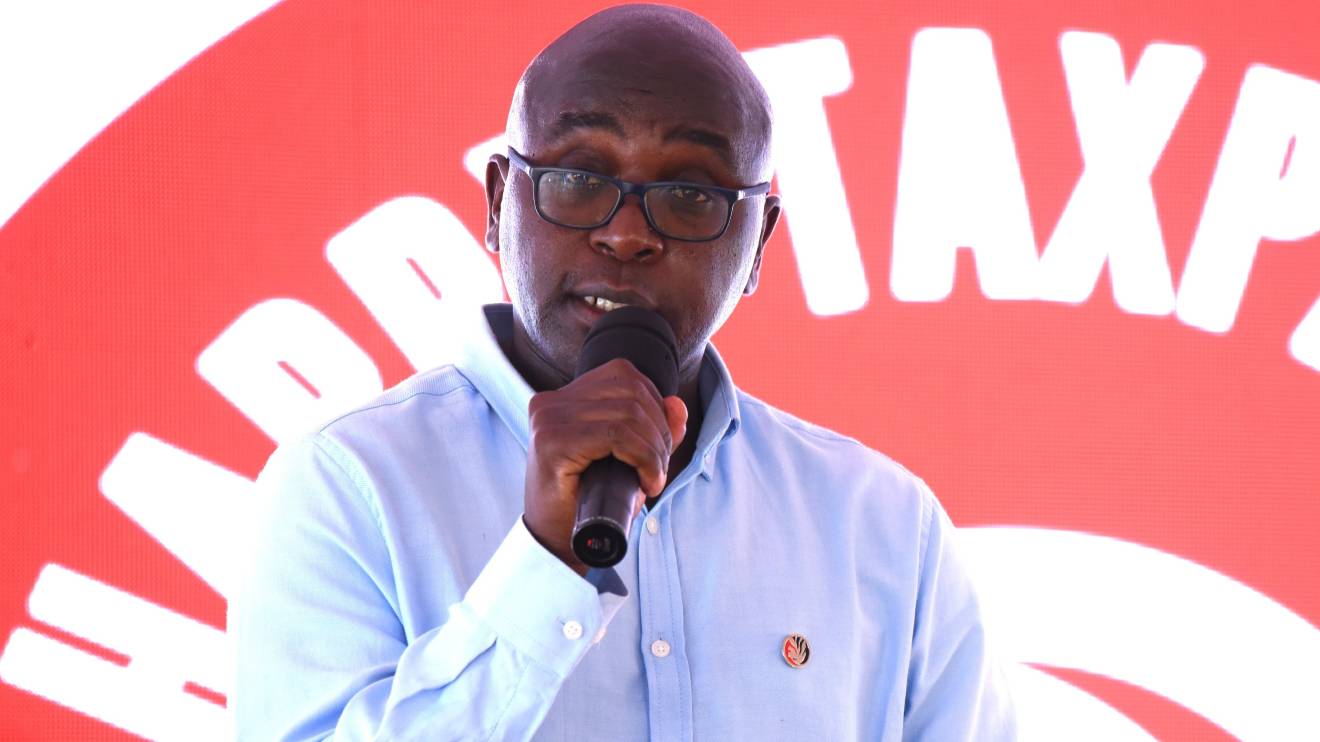The Kenya Railways Corporation (KRC) has reported a significant drop in passenger numbers on the Standard Gauge Railway (SGR) following a fare hike implemented in January 2024.
Data from the KRC shows a decrease of 65,833 passengers between January and March of this year compared to the same period in 2023.
This represents an 11 per cent decline, with ridership falling from 597,506 to 531,673.
The fare increase doubled the cost of a one-way trip between Nairobi and Mombasa, from Sh1,500 to Sh3,000.
This decision was attributed to rising fuel prices that significantly impacted operational costs.
Read More
While ridership dropped, the revenue generated from passenger fares actually increased by 33 per cent.
This translates to a rise of Sh80,819,035 between January and March 2024 compared to Sh660,155,283 during the same period in 2023.
The increase in revenue, despite the decrease in passengers, is seen as a positive step towards reducing the SGR's reliance on government funding.
The SGR, also known as the Madaraka Express, has yet to achieve profitability and relies on taxpayer money to cover operational costs and loan repayments.
A loan of $3.75 billion (Sh489.71 billion) was secured from a Chinese lender to finance the construction of the railway line from Mombasa to Naivasha.
The Parliamentary Budget Committee recently highlighted the ongoing need for government support, stating that "the allocation implies that the SGR project is struggling to break even six years after the operationalisation of the passenger and freight services."
The impact of the fare hike was most evident in January, the first month of implementation.
Passenger numbers dropped by 22 per cent compared to January 2023, with ridership falling from 247,011 to 192,376.
However, revenue for that month peaked at Sh312,443,190, a 19 per cent increase from Sh261,959,811 collected in January 2023.
While the fare increase has boosted revenue, it has also pushed many Kenyans towards road transport as they grapple with the rising cost of living.
The full extent of the SGR's operating costs remains unclear, although past parliamentary documents have indicated that fuel represents a significant portion of the Sh18 billion annual expenditure required to run both passenger and cargo trains.
The success of the fare hike strategy in reducing reliance on government funding remains to be seen.
Only time will tell if the increased revenue can offset the decrease in ridership and contribute to the long-term financial sustainability of the SGR.

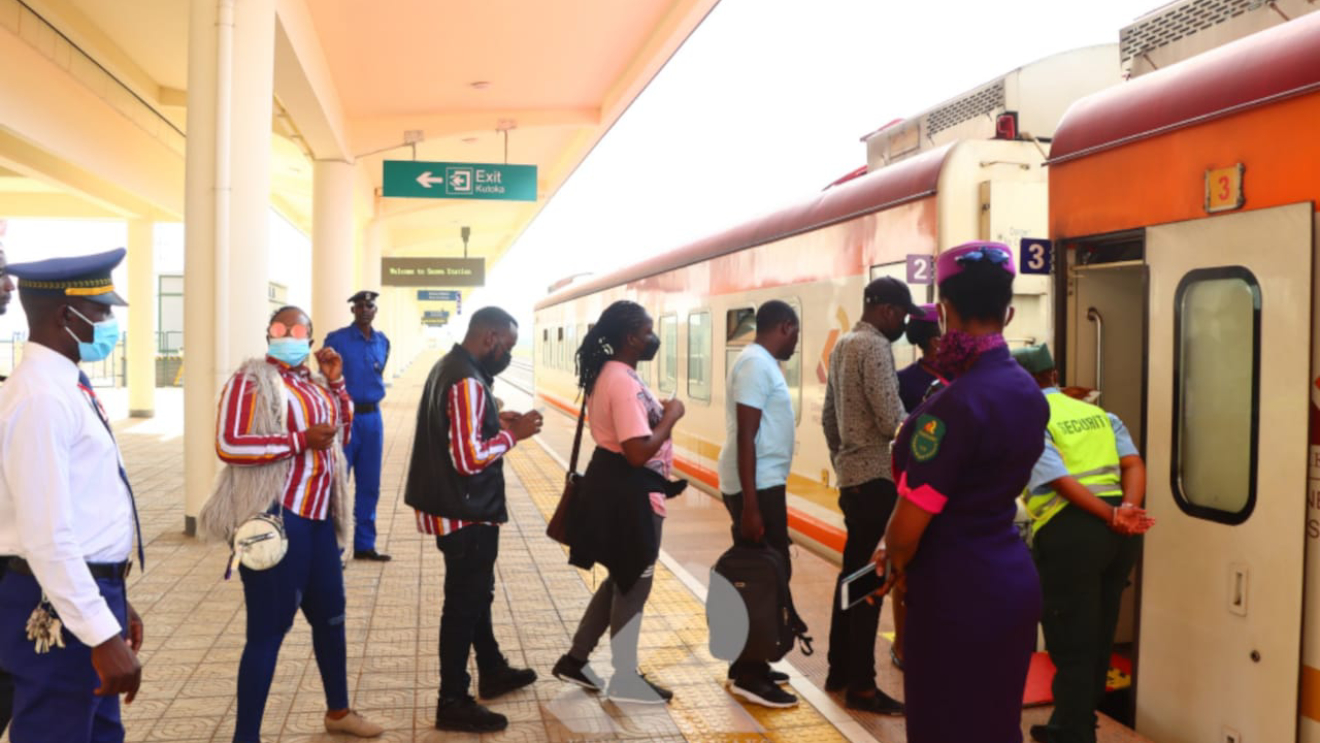
-1756474472.jpg)
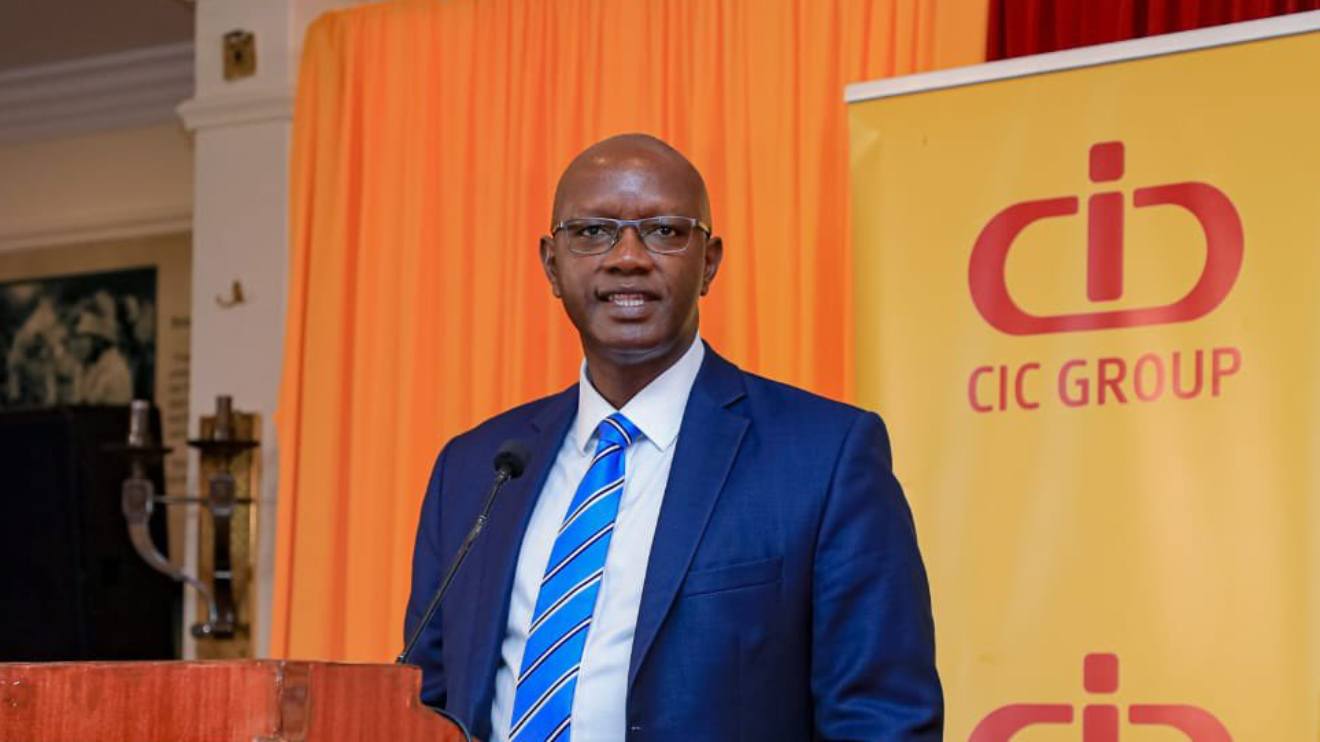
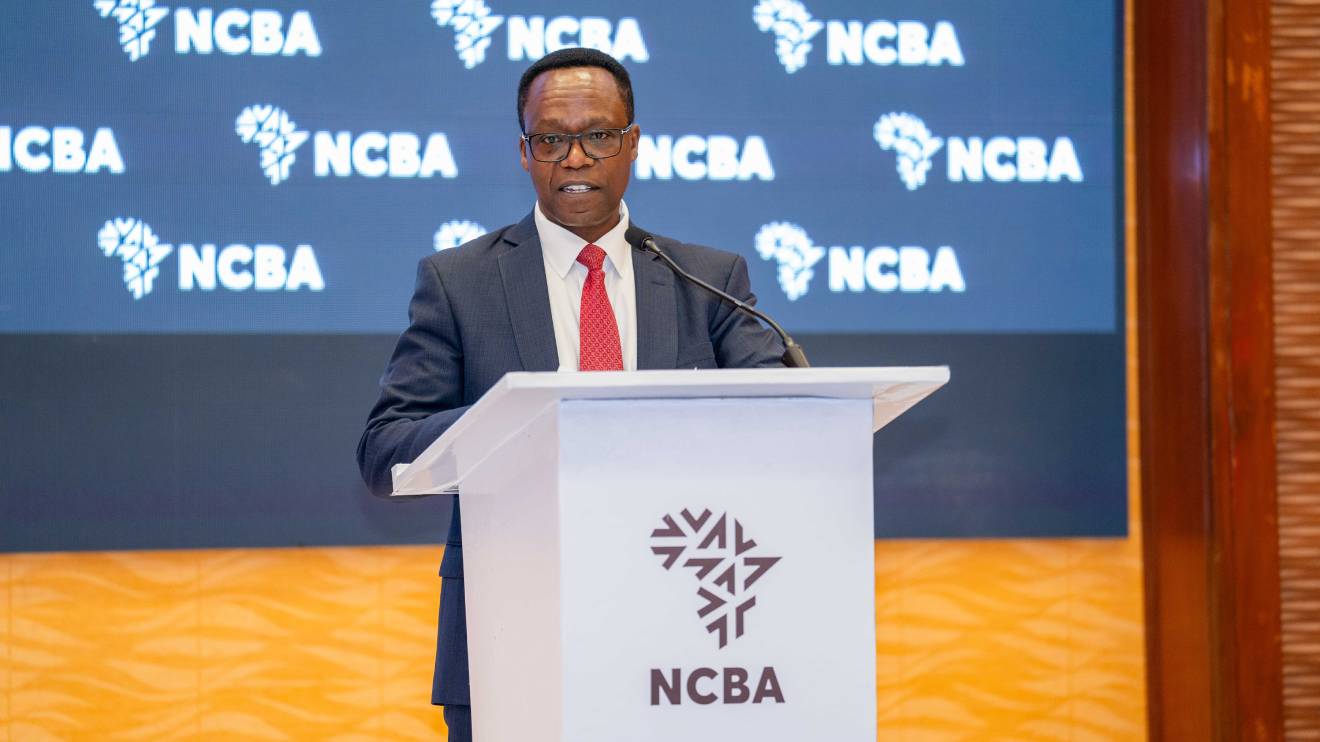
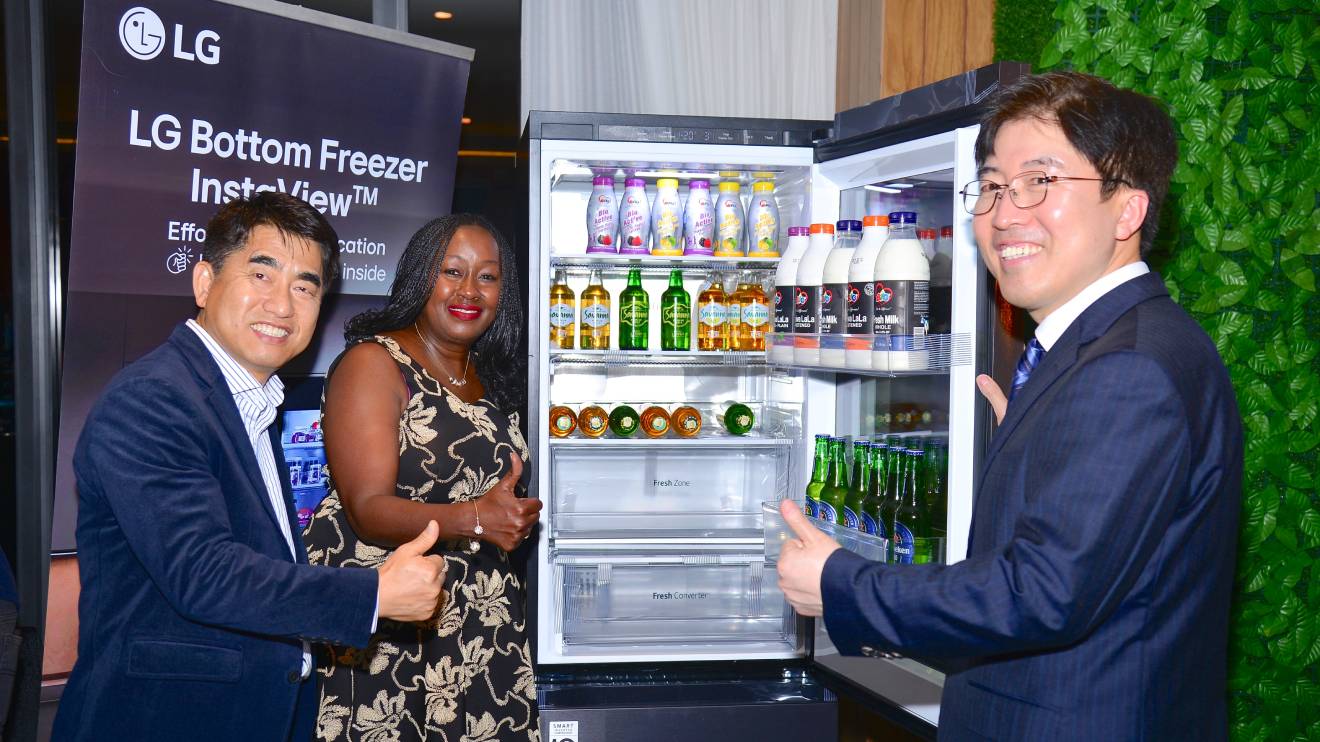
-1753733469.jpeg)
